-
Endoskopische Produkte und Zubehör
- Endoskopisches Absaug-und Bewässerungs set
- Insufflation schläuche
- Veress Nadel
- Hoch durchfluss beheizte Insufflator schläuche
- Einweg-Endoskopische Ventile
-
Endoskop Kamera Ärmel
- Endoskopische Schnellwechsel-Kamera drapieren
- Hoch auflösende endoskopische Kamera drapieren
- Endoskopische Endkamera drapieren Elastomer
- Ring faltbare endoskopische Kamera drapieren
- Teleskop isch gefaltete Endoskopie-Kamera-Hülle mit Quick-Change-Ende
- Teleskop isch gefaltete Endoskopie-Kamera-Hülle mit elastischem Ende
- Arthroskopie Bewässerungs set
- Bewässerungs schläuche
- Spül system kappe
- Endoskopie-Kanal-Reinigungs bürsten
- Polypen falle
-
Atmungs-
- Nasale Sauerstoff kanüle
- Maske für die Kapnographie
- Sauerstoff maske
- Nicht rückatmende Maske
- Venturi-Maske
- Multi-Vent-Maske
- Zerstäuber maske
- Zerstäuber mit Munds tück
- Tracheotomie-Maske
- Einweg-Ezscope™Broncho Pro
- Einweg-Ventil-Mundstück
- Nasen klammer
- ABC Mundstück und Filter Kit
- Atem übungen
- Absaug katheter geschlossen
- Saug katheter
- Staubsauger ventil
- Mukus proben falle
- Mukus-Extraktor
- Mucus Extractor mit Schutzhülle
- Einweg-Aspiration srohr
- Anästhesie
-
Atemwegs management
- Oropharyngeal Airway
- Naso pharynx Airway
- Kehlkopf maske Airway
-
Tracheotomie-Rohr
- Himmlische verstellbare Tracheotomie-Röhre
- Himmlische Trachest omie röhre mit Neosuction
- Himmlische verstärkte Trachest omie röhre
- Gelassenheit Tracheotomie-Rohr
- Serenity Tracheotomie-Schlauch-Kit
- Serenity Tracheotomie-Röhrchen mit NeoSuction
- Serenity Tracheotomie-Schlauch-Kit mit Neosuction
- Grasmere durchbohrte Tracheotomie röhre
- Grasmere Fenestrierte Tracheotomie-Rohr-Kit
- Azure Nicht einstellbare Tracheotomie röhre
- S-Typ Tracheotomie-Rohr
- Pedi Tracheotomie-Rohr
- Endo tracheal tubus
- Endo tracheal tubus Einführungs
- Intubating Stylet
-
Saug chirurgie
- Flexi-klarer Yankauer-Griff
-
Yan kauer Griff
- Speed Flow Yan kauer Griff
- Einfache Spitze Yankauer
- Flansch spitze Yankauer
- Verjüngte Spitze Yankauer
- On/Off Yankauer mit Plain Tip
- Ein/Aus Yankauer mit verjüngter Spitze
- Glühbirnen-Tipp Yankauer
- Kron spitze Yankauer
- Flexibler Poole-Saug griff
- CH30 Yan kauer Griff & CH35 Saug verbindungs rohr
- Zweiteilige einfache Spitze Yankauer
- Enten schnabel tipp Yankauer
- Poole Saug griff
- HNO-Saugrohr
- Saug-Sonde
- Ortho pä dische/ortho pä dische Yankauer
- Aspira tor chirurgische Spitze
- Saug verbindungs rohr
- Saug kanister Weiche Liner
- Starre Saug kanister
- Saug kanister mit Filters atz
- Wieder verwendbare äußere Kanister
- Vakuum-Wund entwässerung system
- Hämorrhoiden-Banding-Ligator
- Steck verbinder
- Vakuum-Steuerungs adapter
- Herz-Thorax-Chirurgie
- Laparaskop ische Produkte und Zubehör
- Gynäkologie
-
Urologie
- CathVantage™Tragbarer hydrophiler inter mit tieren der Katheter
-
Cysto/Blase Bewässerungs set
- M-easy Blasenbewässerungs-Set
- B-cylinde Blase Bewässerungs set
- S-tur Blasen bewässerungs set
- S-uni Blasen bewässerungs set
- B-uro Blase Bewässerungs set
- Premi Blasenbewässerungs-Set
- J-Pumpe Blase Bewässerungs set
- J-tur Blase Bewässerungs set
- H-Pumpe Blase Bewässerungs set
- Sup-Flow-Blase Bewässerungs set
- Ahorn Bewässerungs set
- Pfingstrosen-Bewässerungs-Set
- Nelaton-Katheter
- Harn drainage beutel
- Bein beutel für Harn drainage
- Einlauf-Kits
- Sitz Bad Kits
- Klicken Sie auf Siegel Proben behälter
- Silikon-männlicher Katheter
- Zapfen katheter und Adapter
- Drei-Wege-Stopp-Hahn
- Sandelholz-Bewässerungs-Set
- Freesia Bewässerungs-Set
- Narzissen bewässerungs set
-
Allgemeine Chirurgie
- Perfusion Zerstäuber System
- Magen-Sumpf rohr
- Hämostatischer Pulver applikator
- Magnetisches Drapieren
- Chirurgische Hand Wegfahr sperre
- Verab reich ungsset für Blut
- Zahn bewässerungs set
- Ohr-/Geschwür spritze
- Bewässerungs spritze der Glühbirne
- Toomey Bewässerungs spritze
- Zahn bewässerungs spritze
- Dekantierung gerät
- Misch kanüle
- Schleimhaut-Atomis ierungs gerät
- Basin Liner/Becken drapieren
- Kamera griff abdeckung
- Leichte Griff abdeckung
- Medizinische Bürste
- Schwamms tick
- Naht-Retriever
- Nadel zähler
- Einweg-Kalibrierung röhrchen
- Druck-Infuser
- Heparin kappe
- Schutzkappe
- 100ML Glühbirne Bewässerungs spritze
- Sklerale Markierung
- Chirurgischer Licht griff
- Enter ale Ernährung
- Langlebige medizinische Ausrüstung
- Persönliche Schutz ausrüstung
- COVID-19 Produkte
- PVC-FREE medizinisches Gerät
- Abteilung E.N.T
- Temperatur management lösungen
- Betrieb
- Patienten-Handling-System
- Notfall
-
-
 KRANKENHAUS 2024Apr 28 , 2024
KRANKENHAUS 2024Apr 28 , 2024 -
-
-
Absaug katheter geschlossen
Der geschlossene Saug katheter wird haupt sächlich verwendet, um den Sputum absaug prozess zu beenden. Im Gegensatz zu gewöhnlichem Saug katheter, der das Atemgerät während des Gebrauchs abschneiden muss, verfügt der geschlossene Saug katheter über mehrere Anschlüsse, die weiterhin mit der Luftröhre kanüle und dem Atemgerät verbunden werden können.
Art des geschlossenen Saug katheters
How Closed Suction Catheters Enhance Patient Safety and Comfort
Closed suction catheters represent a significant advancement in patient care, primarily due to their ability to enhance patient safety and comfort. This is achieved through several key features and functions:
Maintaining a Sterile Environment: The closed system design of these catheters significantly reduces the risk of introducing airborne pathogens into the patient's airway. This is especially critical for patients with compromised immune systems or those in intensive care units. By maintaining a sterile environment, closed suction catheters help in preventing ventilator-associated pneumonia and other respiratory infections.
Continuous Ventilation and Oxygenation: Unlike open suction methods, closed suction catheters allow for the continuous delivery of oxygen and ventilation. This feature is crucial for critically ill patients who require constant respiratory support. It minimizes the risk of hypoxia (low oxygen levels in the blood), a common issue with traditional suctioning methods that require disconnecting the ventilator.
Reduced Trauma and Discomfort: The design of closed suction catheters also minimizes trauma to the airways. Traditional suctioning can be uncomfortable and even painful for patients, as it often involves inserting and removing the catheter multiple times. Closed systems allow for more gentle and less frequent suctioning, significantly reducing patient discomfort.
Customization and Control: Modern closed suction catheters come equipped with features that allow healthcare professionals to customize suction levels and durations based on the patient's specific needs. This capability ensures that suctioning is done effectively without causing undue stress or harm to the patient.
Enhanced Monitoring Capabilities: Many closed suction systems now include integrated monitoring tools, providing real-time data on suction pressure and volume. This advancement allows for more informed decision-making and precise adjustments, further ensuring patient safety and comfort.
How to use Closed Suction Catheters?
1.Regular Assessment and Monitoring It's crucial to regularly assess the patient's need for suctioning. Overuse can lead to mucosal damage, while underuse may result in airway blockage. Continuous monitoring of respiratory parameters is essential to determine the right frequency of suctioning.
2.Maintaining Sterility: To prevent infection, the sterility of the closed suction system must be maintained at all times. This includes proper handling of the catheter and avoiding unnecessary disconnections. The use of gloves and aseptic techniques is imperative.
3.Customized Suctioning Protocol: Each patient’s needs are unique. Factors such as the amount of secretions, the patient's condition, and the presence of any respiratory diseases should guide the suctioning protocol. Customizing the suction pressure and duration to the patient's requirements is vital for effective and safe suctioning.
4.Regular Training and Education: Healthcare professionals should be well-trained in the use of closed suction catheters. Regular training sessions and updates on new technologies and practices in the field are essential to maintain high standards of care.
5.Patient Comfort and Communication: When possible, communicate with the patient about the procedure. Ensuring patient comfort and explaining the steps can alleviate anxiety and improve cooperation, particularly in conscious patients.
Frequently Asked Questions (FAQs) for Closed Suction Catheter
Q1: What is a closed suction catheter?
A1: A closed suction catheter is a medical device used to remove secretions from a patient's airway without disconnecting them from the ventilator. It's part of a closed system, meaning it maintains a continuous connection to the ventilator circuit, allowing for safer, more efficient airway clearance while minimizing exposure to airborne pathogens.
Q2: What are the benefits of a closed suction catheter?
A2: The primary benefits of closed suction catheters include reduced risk of infection, continuous oxygenation and ventilation during suctioning, minimal airway trauma, and enhanced patient comfort. These systems also reduce healthcare workers' exposure to potential pathogens and allow for more consistent respiratory care for patients, especially those in critical condition.
Q3: How often are closed suction catheters changed?
A3: Closed suction catheters typically need to be changed every 24 to 72 hours, depending on the manufacturer's recommendations and the patient's condition. The decision to change a catheter should be based on an assessment of its functionality, the patient's needs, and the potential risk of infection. Regular monitoring and adherence to hygiene protocols are crucial to determine the appropriate frequency of changes.
Q4: Which is better, closed or open suctioning?
A4: The choice between closed and open suctioning depends on the patient's condition and clinical setting. Closed suctioning is generally preferred in critical care environments as it maintains continuous ventilation, minimizes oxygen desaturation, and reduces the risk of infection. Open suctioning may be used in less critical situations but involves disconnecting the patient from the ventilator, which can have drawbacks such as hypoxia and exposure to pathogens.
Customer Reviews for GCmedica Closed Suction Catheter
1.Julia Müller
★ ★ ★ ★ ★"They've made a significant difference in patient care"
2.Sofia Johansson
★ ★ ★ ★ ★"I have seen a notable improvement in patient outcomes since we started using closed suction catheters."
3.Elena Rodriguez
★ ★ ★ ★ ★"They've not only improved patient safety but also made our work as nurses more efficient and less stressful. "


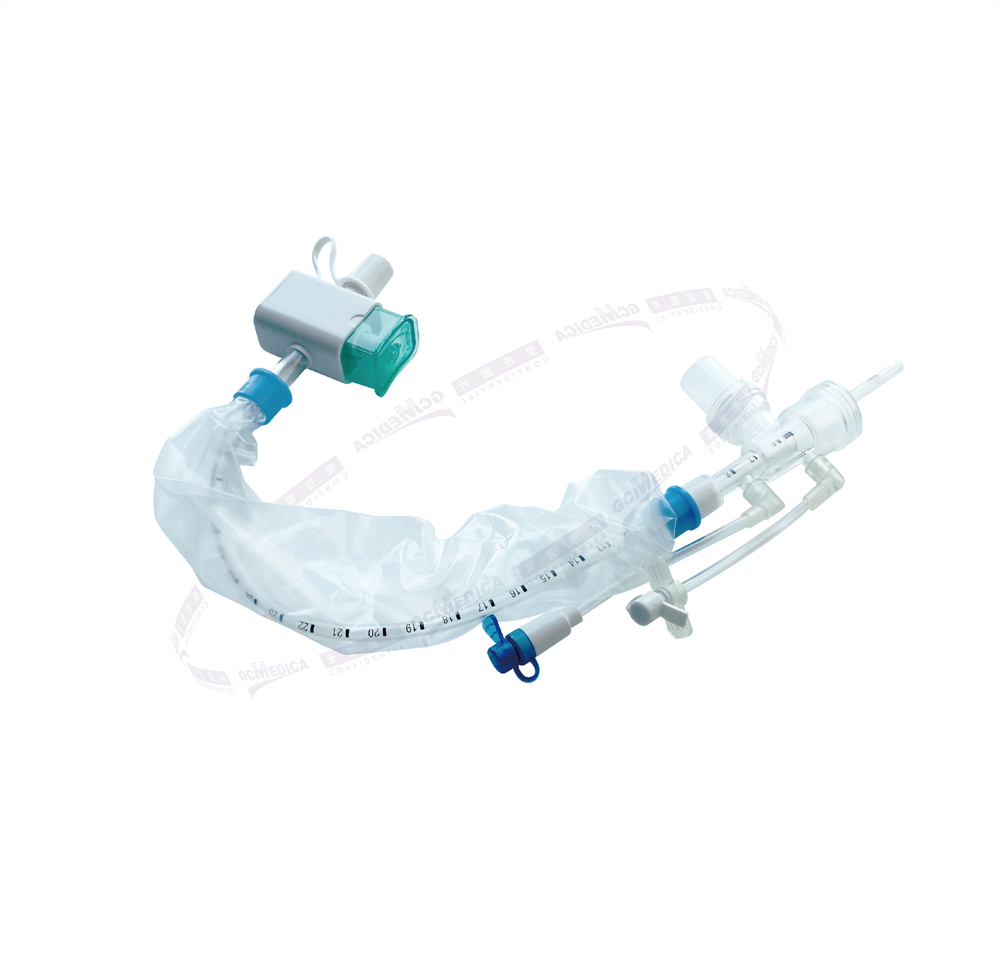
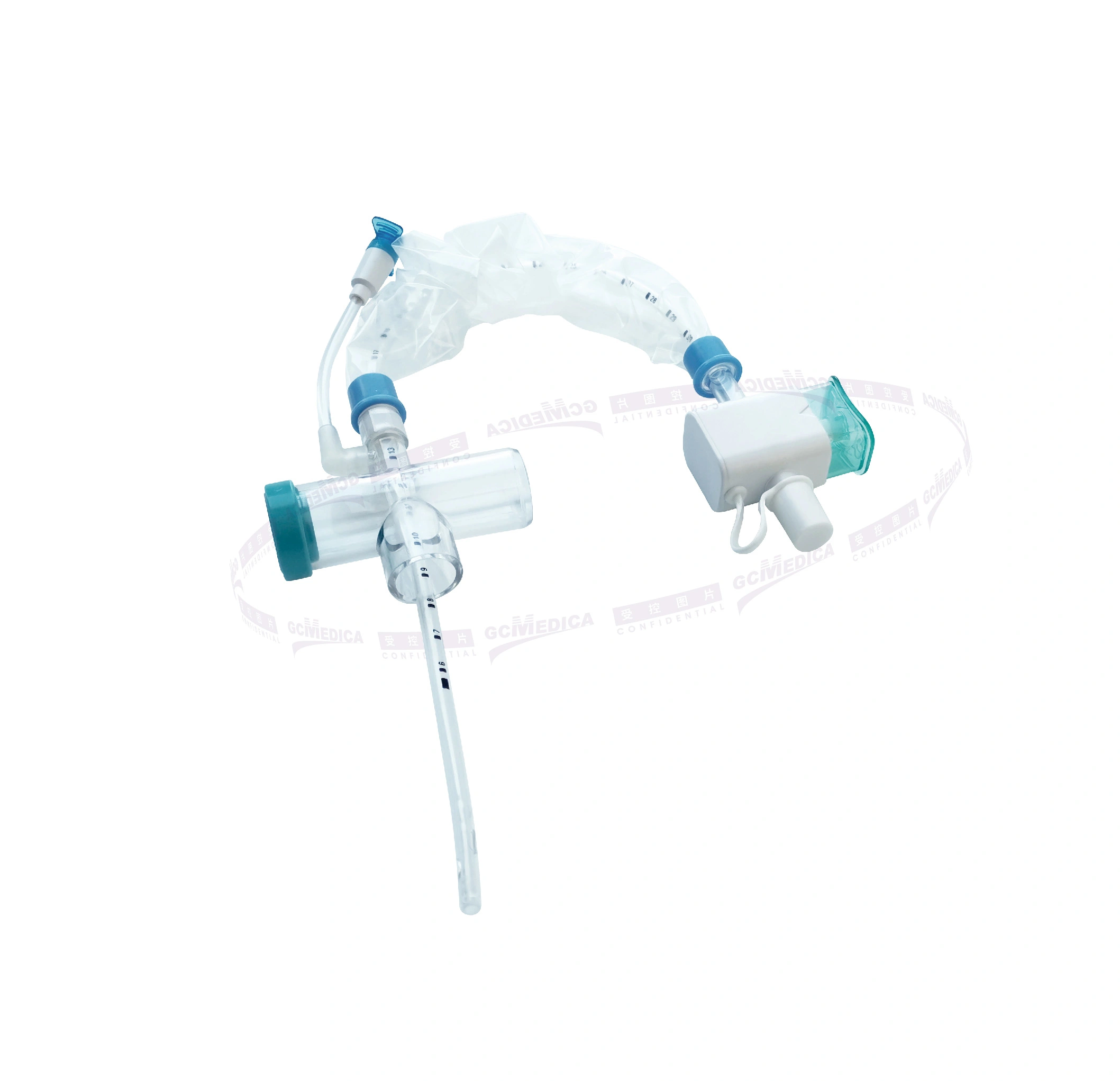
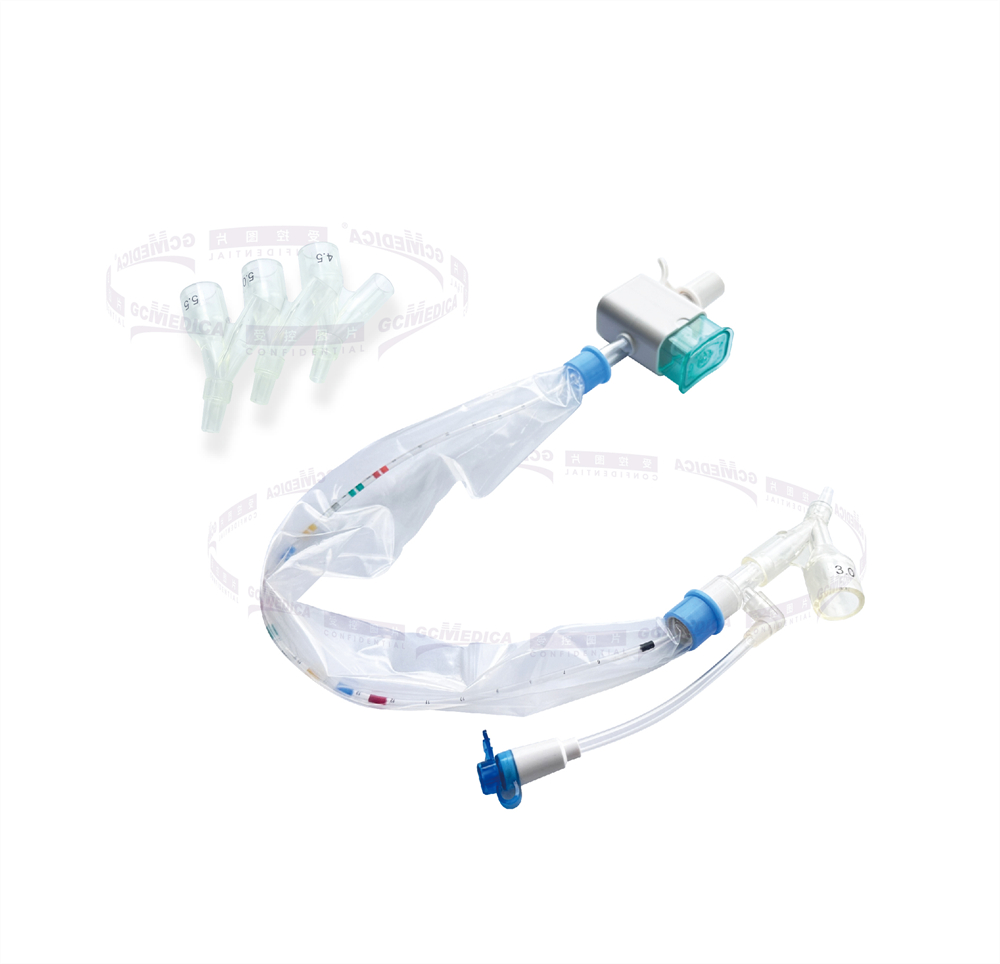
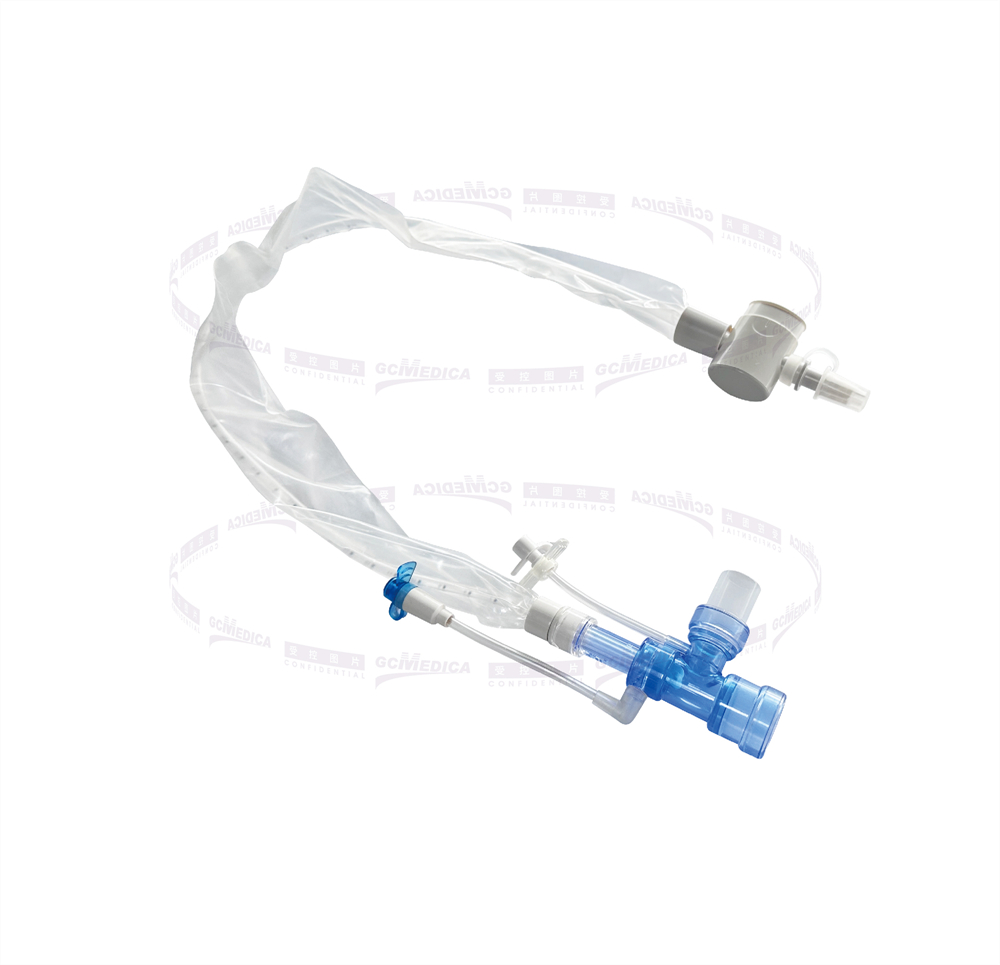
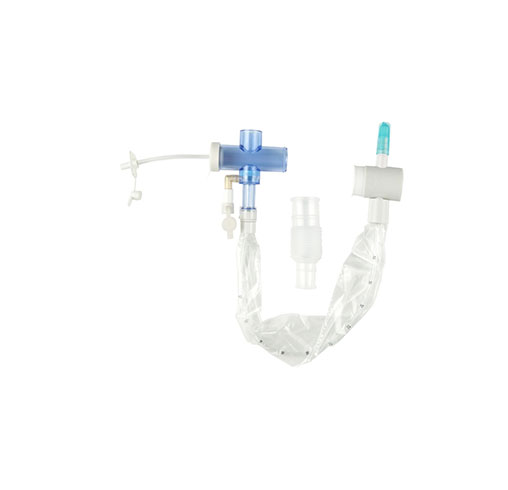


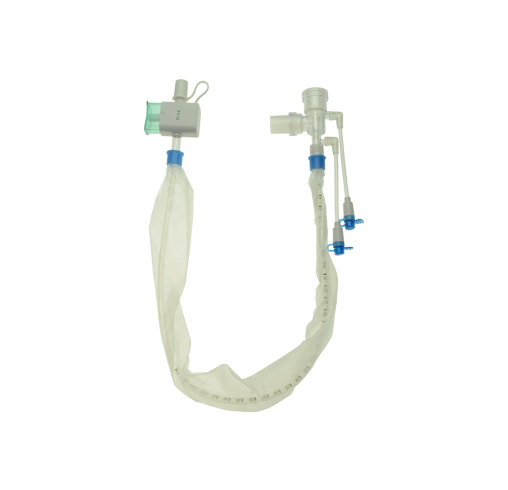 +
+
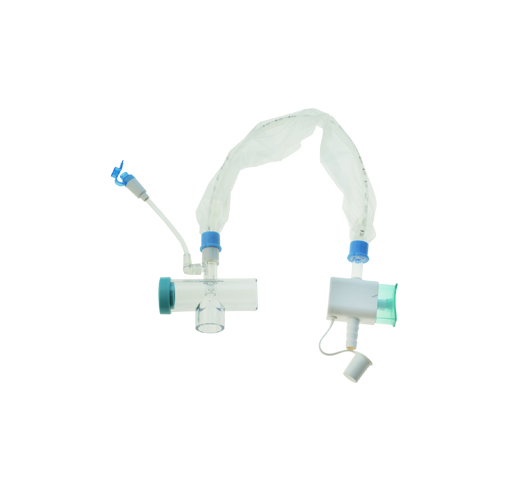 +
+
 +
+